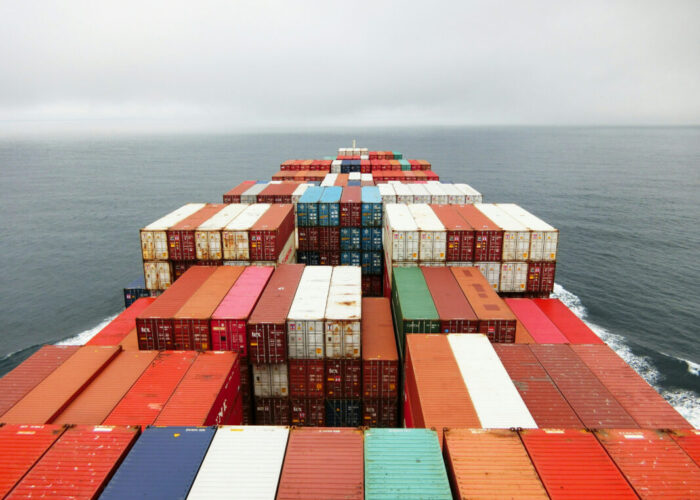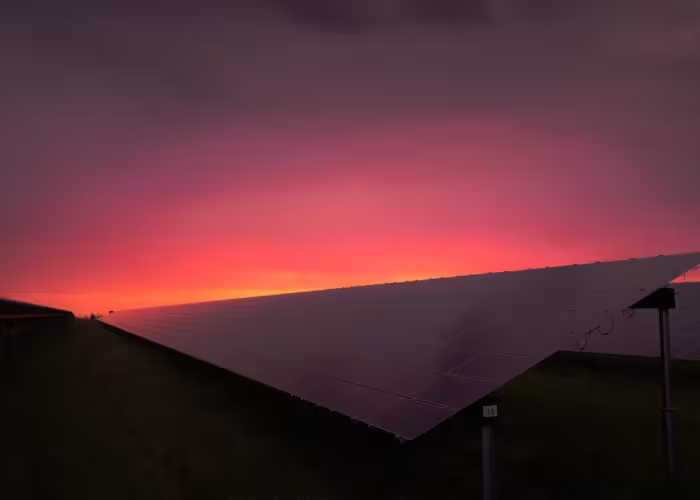An EU funded R&D project has been launched to achieve commercially viable CIGS (copper indium gallium (di)selenide) thin-film cells with 25% conversion efficiencies.
The Sharc25 project includes 11 research partners from eight countries and is being coordinated by The Centre for Solar Energy and Hydrogen Research Baden-Württemberg (ZSW), a record holder for CIGS thin film cells on glass.
Try Premium for just $1
- Full premium access for the first month at only $1
- Converts to an annual rate after 30 days unless cancelled
- Cancel anytime during the trial period
Premium Benefits
- Expert industry analysis and interviews
- Digital access to PV Tech Power journal
- Exclusive event discounts
Or get the full Premium subscription right away
Or continue reading this article for free
The ambitious aim is to threaten the dominance of multicrystalline solar cells from Asia, which have good efficiencies, low barrier to entry with the scale and low cost production that has led to its technology dominance.
The Sharc25 project wants to achieve superior cell conversion efficiencies while providing the potential low-cost production when at scale (100MW plus) that would lower CIGS thin-film module production costs to below €0.35/Wp and system installs to below €0.60/Wp.
The team intends to focus on improving the absorber material, harness the power of new designs for more efficient surfaces and interfaces, and optimize light management to raise the efficiency threshold.
ZSW's partners on the project include EMPA (Swiss Federal Laboratories for Materials Science and Technology), the universities of Luxembourg, Rouen, Parma and Aalto, the IMEC (Interuniversitair Micro-Elektronica Centrum VZW), the HZB (Helmholtz-Zentrum Berlin für Materialien und Energie), the International Iberian Nanotechnology Laboratory INL, Flisom AG, and Manz CIGS Technology GmbH.
EU funding for the project totalling €4.6 million comes from the research framework program Horizon 2020, while the Swiss government is providing a furthe €1.6 million.





